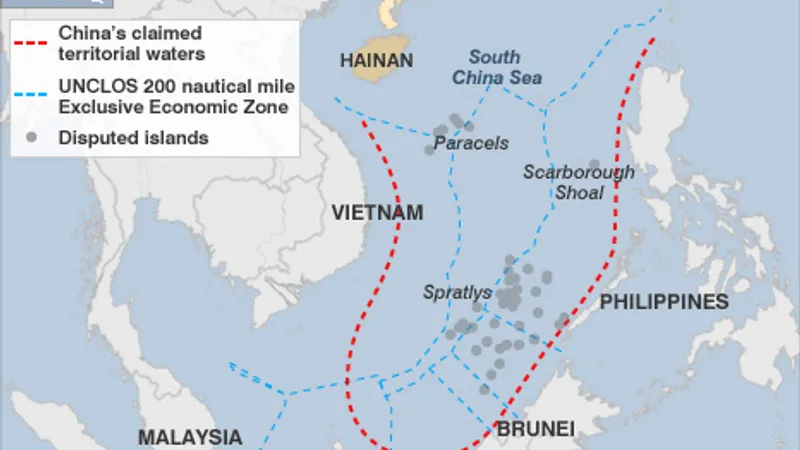Beijing’s latest move in the South China Sea has the region on edge. On April 16, China declared sovereignty over Sandy Cay, a barren, uninhabited reef that’s little more than a speck in the vast ocean but a big deal in geopolitics. The announcement, blared through state-run CCTV, said China’s coast guard had “implemented maritime control” and “exercised sovereign jurisdiction” over the reef. It’s a bold play, and it’s got the Philippines, which also claims the area, bristling.
Sandy Cay sits near Pag-asa Island, a speck of land the Philippines calls home to a small military outpost and a handful of civilians. The reef’s strategic value isn’t about its size—it’s about control. Whoever holds it can flex muscle over surrounding waters, rich with fish and potentially oil. China’s claim isn’t new, but this move marks a shift. It’s not just talk anymore; it’s action. The coast guard’s presence, patrolling and asserting “jurisdiction,” signals Beijing’s doubling down.
The Philippines didn’t take it lying down. On April 20, Manila’s foreign ministry fired off a statement calling China’s actions “a violation of international law” and vowed to protect its rights under the 2016 UN arbitration ruling that shot down Beijing’s sweeping claims in the region. That ruling, which China ignores, remains a sore spot. The Philippines has leaned on it to rally international support, but China’s not budging.
This isn’t a one-off. China’s been steadily building its footprint in the South China Sea for years—think artificial islands, airstrips, and naval patrols. Sandy Cay is just the latest chess move. On April 24, a Chinese coast guard spokesperson reiterated Beijing’s stance, claiming “indisputable sovereignty” over the reef and its surrounding waters. The message was clear: this is ours, back off.
The timing’s no accident. Regional talks on a South China Sea code of conduct have been dragging, and tensions are already high after recent naval drills by both sides. The Philippines, backed by the U.S. and allies like Japan, has been pushing for more joint patrols. China, meanwhile, keeps its own warships circling, a not-so-subtle reminder of its military heft.
International reaction has been swift but cautious. The U.S. State Department, on April 25, reaffirmed its commitment to “freedom of navigation” and its defense treaty with Manila. Japan and Australia echoed calls for de-escalation. But words aside, no one’s rushing to confront China head-on. The reef’s remote, the stakes are complex, and the risk of miscalculation looms large.
For now, Sandy Cay remains a flashpoint. China’s coast guard vessels are stationed nearby, and Philippine boats aren’t backing off. Both sides are digging in, and the reef—barely above water at high tide—is now a symbol of a much bigger fight.

